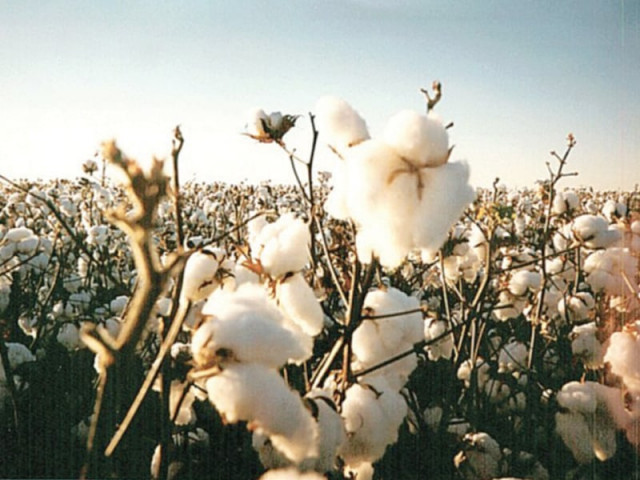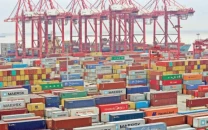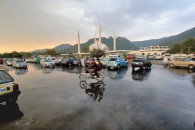Ginning industry: Policy options for efficiency improvement
Ginners must apply modern technology, train workforce.

Pakistan is the fourth largest producer of cotton after China, India and the United States and has about 8.7% share in world’s cotton production. PHOTO: FILE
Pakistan is the fourth largest producer of cotton after China, India and the United States and has about 8.7% share in world’s cotton production.
The ginning industry is considered to be the backbone of the textile sector and plays a significant role in the economy. Though Pakistan produces best quality cotton, but ginning factories get poor quality and contaminated cotton due to poor transportation and storage facilities and unskilled handling and harvesting.
Cotton ginning is a process of separating cotton seed from lint for further processing in textile industries. Cotton ginning is the weakest link in the textile chain.
In the ginning process, fibre normally constitutes 33%, seed 59% and trash 8% of the cotton produced. This level of trash is high compared to other countries, causing a huge loss to ginners.
The ginning industry is not working at its full potential, underlining the need for improvement. Though it has a small share of 4.6% in the textile chain, it is the first step in value addition and the entire chain depends on growth of this industry.
Ginners use obsolete technology, old machinery and untrained labour force, resulting in low profitability and efficiency.
In the post-production stage, the industry does not have proper marketing skills to encourage local and international consumers to be able to get a fair price. Absence of government support price, high inflation and associated factors have an undesirable impact on fair returns.
Lack of application of standards and ginning practices as well as poor management also dog the industry. Ginners, who have no role in the price-setting mechanism, face some major problems in getting a fair price.
First, the government announces minimum price for cotton which ginners have to pay to the farmers. But ginners are not guaranteed any minimum price when they sell their product to textile mills or brokers.
Second, there is no assurance of discount on poor quality from the government and no premium for high quality. Mostly, ginners are at the mercy of brokers to sell their product who easily exploit the former.
According to government data, 75% of ginning factories are in Punjab and 22% in Sindh. The total number of ginning units is around 1,221 with an installed capacity of 36 million bales of cotton on a three-shift basis.
The ginning season runs for 100 to 120 days. A large ginning factory produces nearly 10,000 bales per season whereas a small one produces 5,000 bales.
Pakistan’s economic advancement and expansion of the textile sector depend on growth of the ginning industry. In the last few years, some ginning units have stopped working because they could not meet international standards and no efforts have been made to address their problems.
In order to utilise the idle capacity in ginneries, it is necessary to improve the condition of cotton producers. A reduction in production cost and an increase in input support could help the producers increase output, which would in turn bring about revival in the ginning sector.
For adopting modern technology, necessary steps must be taken to support ginneries in shifting from old roller-type machines to saw-gin system. Owners of ginneries, who have got higher education, are found to be more efficient compared to those who have less education. Hence, the government and policymakers should start some training programmes for efficiency improvement.
Another major reason of low output of the ginning industry is the energy crisis. Alternative energy sources like generators lead to a three-time rise in energy cost.
The writers are faculty members at the Institute of Business Management Sciences, University of Agriculture, Faisalabad
Published in The Express Tribune, December 23rd, 2013.
Like Business on Facebook, follow @TribuneBiz on Twitter to stay informed and join in the conversation.

















COMMENTS
Comments are moderated and generally will be posted if they are on-topic and not abusive.
For more information, please see our Comments FAQ